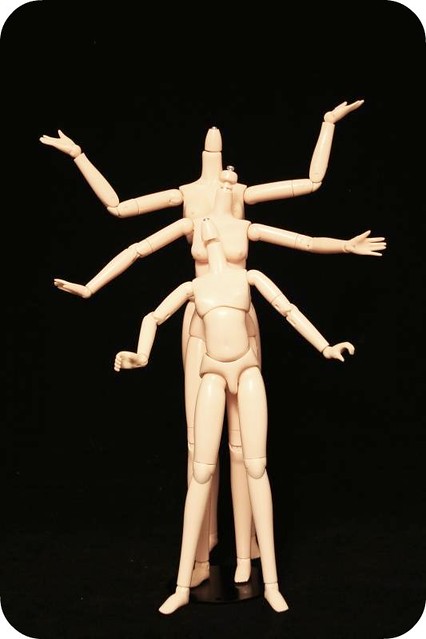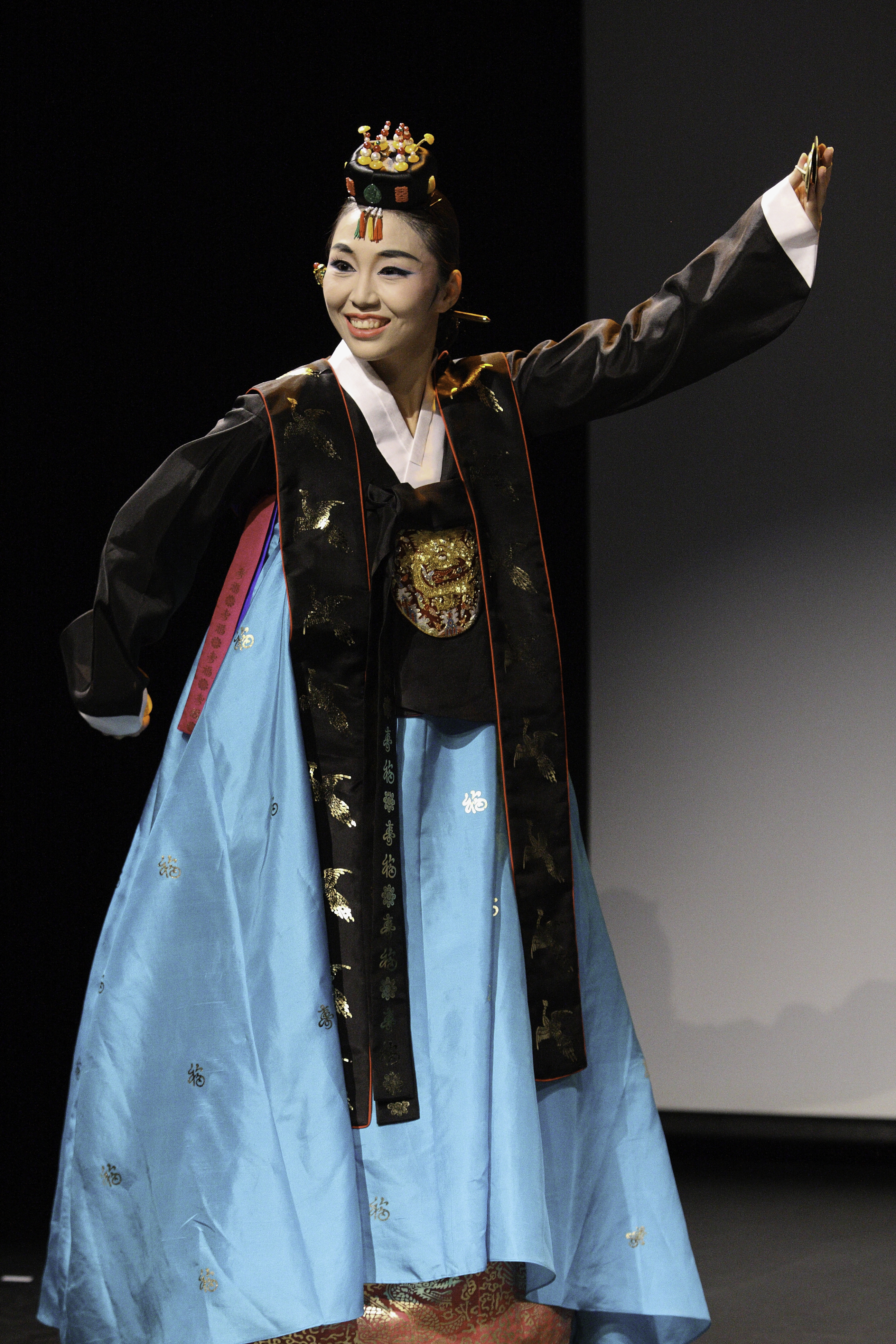Welcome to sunny side! was one of the messages I received last month on my 40th birthday. I have indeed felt a glow about the whole thing. With 40 years under my belt, I’ve decided—and tell everyone I meet—that I now know everything. Joking aside, I began Painting On Scars 10 years ago this month and I know—down to the very core of my being—that so many things have gotten so much better in the last decade. Yes, some things have become horrifically worse. We’re entering the third year of an indisputably wretched pandemic, and my country of origin has been sliding down the list of robust democracies, and the partisan divide President Obama sought to overcome way back when has deepened and become more vicious no matter whom you ask. (More on that some day soon.) But Peter Dinklage is starring in his wife’s version of Cyrano, which hit theaters in the U.S. yesterday, and the way the media has responded is one of the many reasons I’m happy to be alive right now.
I’ve spent a lot of my life wondering how certain human rights movements took off when they did. The way our history books in school taught it, the Civil Rights movement was a burst of anger marking the end of the placid 1950s, brought on by certain great men like Dr. King who just suddenly got the idea to end Jim Crow. We never learned about all the activists fighting to ban lynching long before Dr. King or the family of Emmett Till, and we never learned how the Nuremberg Trials and Holocaust studies facilitated conversations about racism. Minority rights’ movements always seemed to come of out nowhere, led by great individuals. Lessons in school easily led us to believe that before Frederick Douglass, Susan B. Anthony or Harvey Milk, no one had ever heard of equality for Black, female or gay citizens.
It wasn’t until the social justice movements that we’re observing now—the New Left, the wokeness or whatever you want to call it—that I really understood how a movement breaks into the mainstream from the margins. It begins in activist circles and, with success, the circles begin to expand until one day you realize those high school friends who rolled their eyes at any talk of gay rights are putting up marriage equality logos on their social media accounts. Many in the mainstream feel that all this talk about trans rights and genderqueer rights, Black Lives Matter and #MeToo has been sudden, and they are not entirely wrong. The farther you are from the margins, the less likely you are to have heard the conversations that have been going on there for so long.
When I began Painting On Scars in 2012, Peter Dinklage won his first Emmy award for his role on Game of Thrones and at the ceremonies he made a brilliantly crafted plea to end dwarf-tossing. Mainstream media sources reporting on it implied via tone that the right to have one’s bodily safety and autonomy respected was not too much for men “suffering” from dwarfism to ask. But no mainstream journalist dared name any people or systems that had allowed dwarf-tossing to be seen as nothing more than a joke – like, for example, the bars that ran dwarf-tossing events, the politician who tried to remove a Florida ban to “stimulate the economy” or the creators of the hugely successful Lord of the Rings films. Dinklage was hailed as one of the best things about Game of Thrones, his alma mater invited him to give the commencement address, and Rolling Stone declared him a “Sexy Beast.” But his success was handled as an individual case. The argument that Hollywood should expand leading roles beyond its awfully short list of acceptable body colors, sizes and shapes remained at the margins. In the mainstream, it was at best acknowledged as a quaint pipe dream. Now Dinklage is on the media circuit for Cyrano and journalists are rolling their eyes with him at such passé limitations of imagination. What a difference a decade makes.
In 2012, debates about the lack of casting opportunities for actors of color and with disabilities were happening on places like feministing.com and The Patt Morrison Show. (Ever heard of it?) Not the Sunday Times. Leading men were overwhelmingly white, non-disabled and very, very, VERY not feminine. Flash forward to today and Timothée Chalamet has been hailed on both sides of the Atlantic as a sex symbol, the male actor of his generation and, repeatedly, a softboi – one of many men enjoying mainstream success who feel as free as women to be masculine or feminine or a nuanced version of both. Or neither. In 2012, Eddie Izzard was the only male known around the world for wearing dresses and makeup unironically. In 2012, few would have believed an out and proud rapper could flourish outside the queer community let alone top the charts, as Lil Nas X has. In 2012, no one in the U.S. could name a transgender celebrity of any considerable renown. It would have been all too easy to imagine the producers of normcore Jeopardy! declining the application of a transgender woman on the grounds that such a contestant would be, you know, distracting. This week, Amy Schneider ended her winning streak on Jeopardy!, the second longest in the show’s 56-year-history. When she was recognized in the stands at a Warriors game, she received an ovation from the crowd. You know something’s shifted in the mainstream when basketball fans hail you as a hometown hero.
The growth in acceptance of so many different minorities signifies a broader awareness of intersectional social justice – the understanding of how different minority issues overlap. As Peter Dinklage recently told the Times, “The idea of a leading actor is changing now. Whether racially or whatever. It’s about time. We’ve been stuck with this stereotype of a leading man and it’s healthy to open that up. Love life is not the domain of pretty people – everybody has a love life.” Pretty has gotten so much prettier.
We can’t let this movement turn out to have been just a moment. And reducing bias and hate in the mainstream should never be mistaken for eradication. In 2012, five years before #MeToo, blatant sexual harassment and assault in the workplace were considered to be little more than shocking scenes seen on Mad Men, there to show how much had changed. HR departments and the women’s movement were thought to have made enough strides to render harassment the problem of just a few bad apples. Your willingness to believe a politician’s accusers fell heavily along party lines. And we were convinced of this as men like Harvey Weinstein were not only breaking into womens’ rooms at night, but doing so as his coworkers rolled their eyes and sighed, “Oh, that’s just Harvey.”
For all my pleasure at Peter Dinklage’s star treatment this month, the risk remains that he will be an anomaly among dwarf artists rather than a trailblazer. No other person with dwarfism has reached anywhere near his level of international renown in the decade since his first Emmy win. Marlee Matlin’s success in the 80s and 90s was followed by little else for the Deaf community. This fall’s acclaimed crime series Only Murders in the Building broke new ground by featuring an entire episode in American Sign Language led by a Deaf supporting character. That episode was excellent and its moment of upfront, vicious ableism made my heart jump into my throat because it rang so true. But could an entire series with a physically disabled leading man attract so much acclaim? Could it survive beyond one season, or remain a gimmick? How about several series starring disabled actors?
We can’t ever allow the comfort of success for marginalized minorities to devolve into complacency. 100 years ago, my beloved city of Berlin showed that mainstream tolerance of queer and intersex citizens could rapidly erode into tolerance for those who sent them to death camps. Explicit hate and danger remain very real threats today. And there are still far too many well-meaning but harmful assumptions left in the world to consider it equally safe and welcoming to all. For all of Dinklage’s applause for the new opportunities we’re witnessing in Hollywood, he had nothing good to say this week about the latest news of Disney’s live-action remake of Snow White and the Seven Dwarfs:
They were very proud to cast a Latina actress as Snow White… Take a step back and look at what you’re doing there. It makes no sense to me. You’re progressive in one way and you’re still making that f***ing backward story about seven dwarfs living in a cave together? What the f*** are you doing, man? Have I done nothing to advance the cause from my soap box? I guess I’m not loud enough. I don’t know which studio that is but they were so proud of it. All love and respect to the actress and all the people who thought they were doing the right thing. But I’m just like, what are you doing? … If you tell the story of Snow White with the most f***ed up, progressive spin on it? Then, yeah, let’s do it.
Disney claims to be “consulting” the dwarf community in order to portray the seven men as respectfully as possible. In the vein of Dinklage’s suggestion for a truly progressive spin on the story, I think Disney should take inspiration from the several living room productions of Snow White I roped my friends and cousins into that starred yours truly. What could be more radical than to have Snow White—the young woman considered so extraordinarily beautiful by the queen she needed to be killed—portrayed by someone with dwarfism? Kids of any body type, gender or skin color who have loved the fairy tale for its drama should be able to grow up to play the star. But do we think the public’s imagination could go quite that far? Are we there yet? If not, what will it take?



























